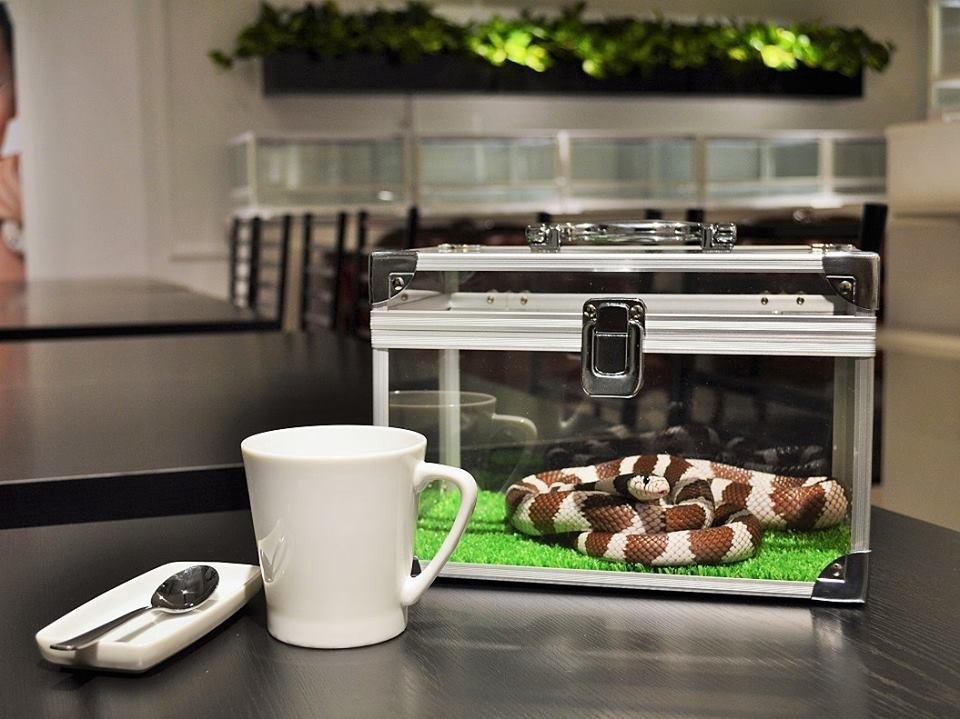-
Worrying rise of taking selfies with animals.

Taking selfies and posing with animals is harmful to all concerned. The selfie culture is extremely good news for the tourist industry in general as it has become a compulsion to instantly share every second of our lives whatever we might be doing. But it is proving extremely bad news for animals with the rise…
-
Otter lunacy in Japan’s animal cafés.

Can we expect to be drinking a latte with a hedgehog or otter at our local Starbucks or Costa anytime soon in the UK? Animal cafés are opening across the world particularly in Asia at an increasing rate despite the obvious welfare and food hygiene issues and are proving a major draw to foreign tourists…